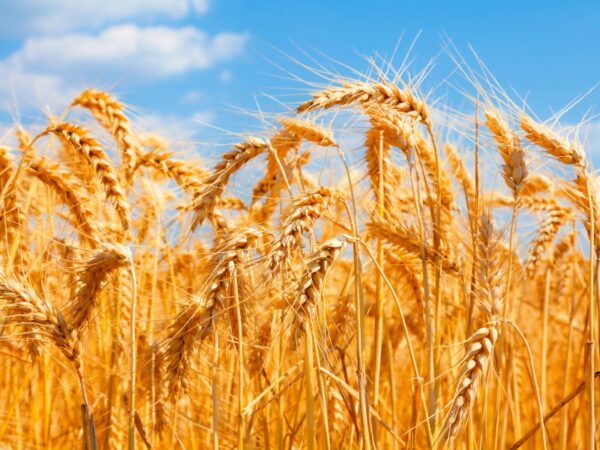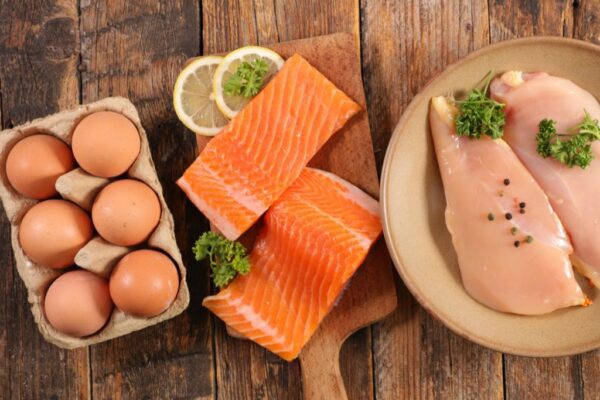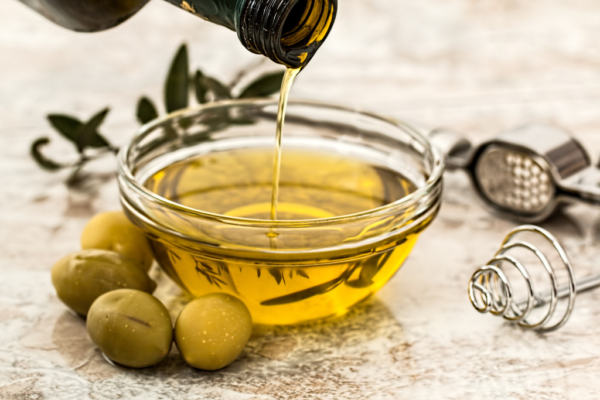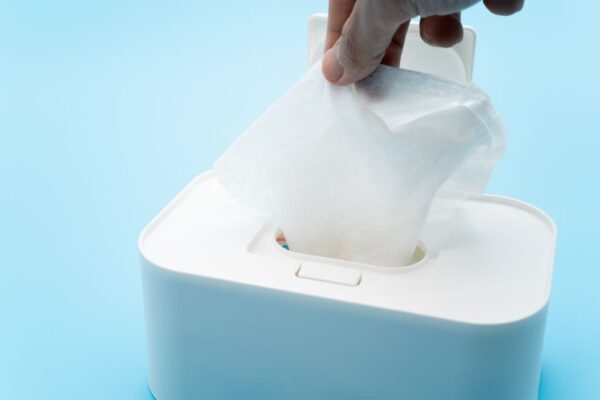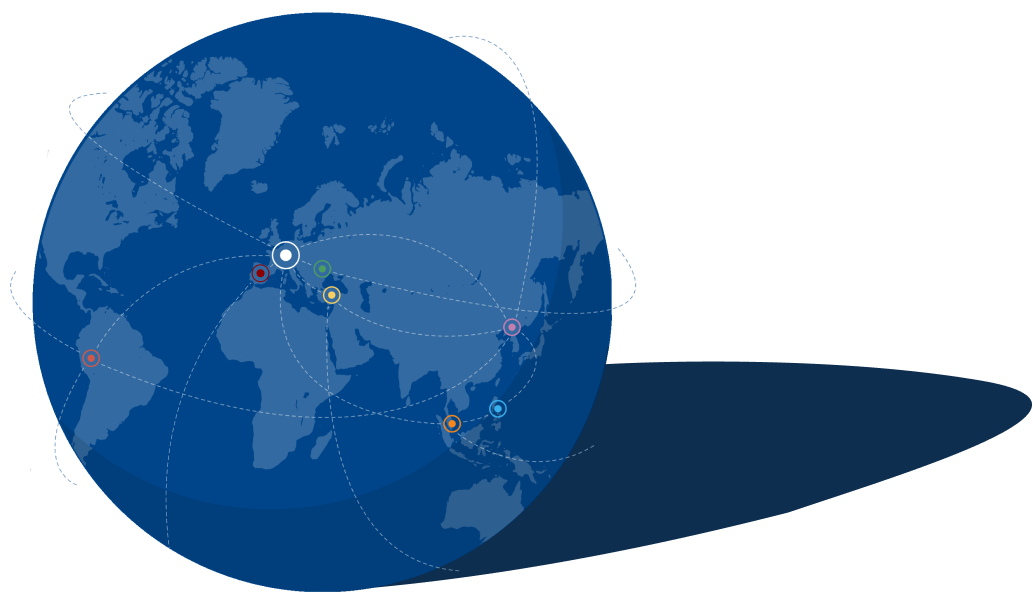Inorganic Arsenic
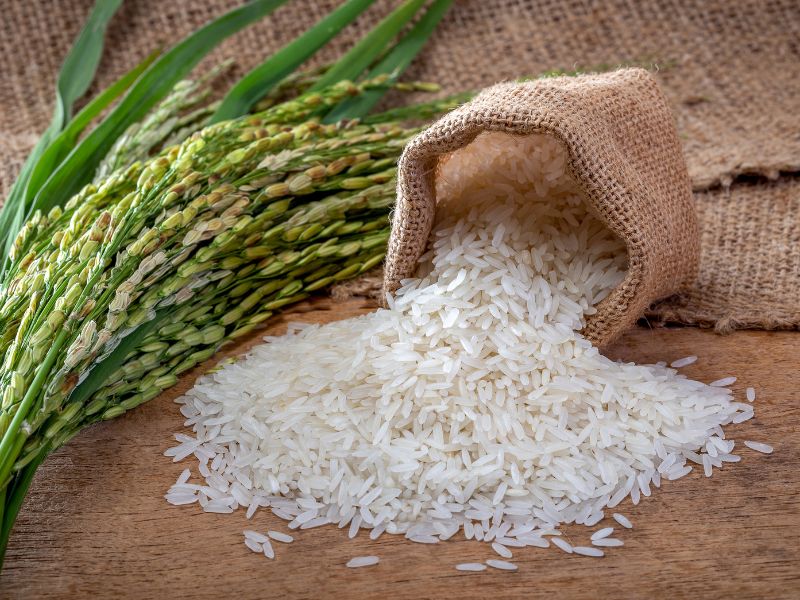
GALAB offers the new DIN procedure
For the determination of inorganic arsenic in food, GALAB offers the new DIN procedure. The norm draft DIN EN 16802:2014-11 describes a method for the determination of inorganic arsenic in food of marine origin and of plant origin using anion exchange HPLC-ICP-MS after water bath extraction. With this method, the sum of inorganic arsenic compounds consisting of arsenites As(III) and arsenates As(V), is detected.
Arsenic can be found in different chemical forms, not all of them having the same toxicity. The highly toxic and carcinogenic inorganic compounds are present in soil, water and food of plant origin, e.g. rice. Ingested inorganic arsenic is methylated in living organisms. As a result, organic arsenic compounds are synthesised, like arsenobetain – the major arsenic compound in fish – which is not considered to be toxic.
For the determination of inorganic arsenic according to the DIN draft, As(III) and AS(V) are extracted under heated conditions with diluted nitric acid and a hydrogen peroxide solution. Total inorganic arsenic is oxidised to As(V) and separated from other arsenic compounds by anion exchange HPLC. As(V) is detected with the element specific detector of ICP-MS with a limit of quantification of 0.01 mg/kg.
Rice plants in particular absorb arsenic from soil and water. The German BfR (Federal Institute for Risk Assessment) has assessed the risk of ingestion of arsenic from rice and comes to the conclusion that a health hazard in regard to risk of cancer is possible and that the contents of arsenic in food should be reduced to an inevitable minimum (ALARA principle).
Codex Alimentarius has been working for a couple of years on a Code of Practice for the prevention and minimisation of arsenic in rice. Based on these studies, the EU has set maximum limits for various rice products as well as foods for infants and young children in Regulation (EU) 2023/915. Further data is collected in monitoring programmes to track the contamination of processed foods.
This might also interest you
Parameters & Analytical Methods
-
State-of-the-Art Analysis
We constantly update our spectrum of parameters to the latest developments in the food analysis sector and offer state-of-the-art analytical methods for the safety of your products.
-
Comprehensive multi-methods
We are constantly expanding our range of services in order to be able to guarantee you a comprehensive range of analyses. We offer multi-methods for mycotoxins, dioxin analysis or molecular biological analysis for GMOs and allergens. The GALAB Pesticide500Plus® multi-method can even be used for difficult matrices such as spices and herbs.
-
Constant development
If you cannot find the parameter/analysis you are looking for here, please do not hesitate to contact us. Our research and development department implements your requirements and specifications cost-efficiently and with a high quality standard.
-
Quality Policy
GALAB Laboratories has implemented a quality management system to allow for optimum service for their customers. It is our goal to establish close relations to customers by customer satisfaction. Therefor quick reactions to customers’ specific needs as well as considerations for quality demands of the market are necessary. We strive to provide comprehensive and professional advice to our customers. Learn more
Get in touch, we will help you.


